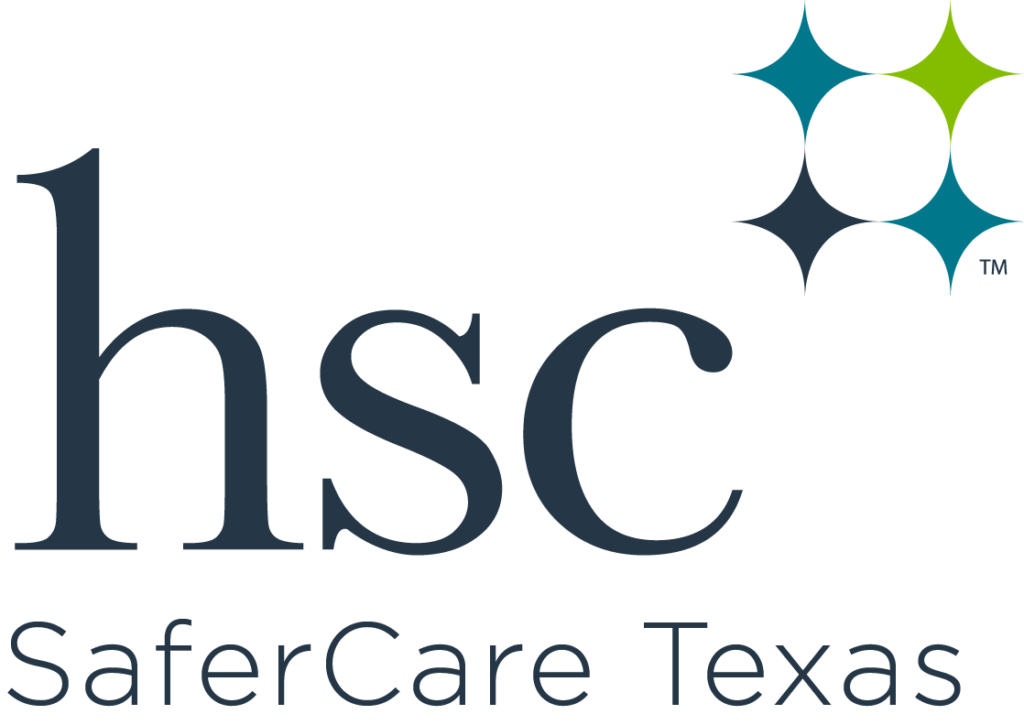DISPOSE YOUR PERSCRIPTON DRUGS CORRECTLY. YOU COULD SAVE SOMEONE’S LIFE.
Often times, consumers are not always familiar with the process of disposing expired, unwanted, or unused medications. As a result, they will attempt to bring these medications back to the pharmacy or the provider’s clinic for disposal. However, these sites are not able to take back the medication once it leaves the premises due to concerns of contamination. This increases concern of unwanted prescription medications left in the house, which allows for other individuals to have access to it such as family and friends. Based on the National Survey on Drug Use and Health in 2015, it was seen that most abused prescription drugs were acquired by family and friends from home.
Reasons why unused medication may be a danger to your family and friends:
- Up to 92% of patients with opioid prescriptions do not use their entire prescription1
- Up to 77% of patients do not store their opioid prescriptions in a locked container1
- One in four teenagers misuse/abuse a prescription drug at least once in their life2
- Drug overdose involving any opioid prescriptions have increased to 47,600 deaths in 20173
Accordingly, National Prescription Drug Take Back Day was established by the U.S. Drug Enforcement Administration (DEA) to occur twice a year (usually in April and October) for the safe disposal of prescription drugs including opioids. This is a free public event that offers proper medication disposal services to consumers at various authorized collection sites throughout the nation. Consumers should also know that there are ‘no questions asked’ when dropping off mediations at these sites. This service aids in the reduction of accidental or intentional misuse of unneeded medications as well as entrance into the environment.
The goal of this national event is to “provide a safe, convenient, and responsible means of disposing of prescription drugs, while also educating the general public about the potential for abuse of medications.”
If consumers are not able to attend the national event or there are no DEA-registered collection sites in the area, there are other safe disposal methods of medications:
Permanent collection sites4
- There are permanent collections sites which may be located in retail pharmacies or law enforcement facilities
- These sites may have a medication disposal kiosk or drop-off box where you can dispose of the medication at the consumer’s convenience
- Google Maps
- Search “drug drop off near me” in Google, you will find drug disposal sites near you
- Learn more
Proper home disposal4
- Mix the medicine (do not crush tablets/capsules) with an inedible substance (i.e. dirt, cat litter, or used coffee grounds
- Place the mixture in a sealed container (i.e. plastic bag)
- Throw the sealed container in your household trash
- Remove all personal information on the prescription label of the empty bottle before disposal
- Follow specific disposal instructions on a drug’s label or the patient information that accompanies the medication—and don’t flush the drugs down the toilet
By using available resources and appropriate methods to dispose of prescription medications, this offers a safer community and environment for everyone.
Additional information can be found at: https://takebackday.dea.gov/and www.fda.gov.
References:
1. Bicket MC, Long JJ, Pronovost PJ, Alexander GC, Wu CL. Prescription Opioid Analgesics Commonly Unused After Surgery: A Systematic Review. JAMA Surg. 2017;152(11):1066-1071. doi:10.1001/jamasurg.2017.0831
2. National Study: Teen Misuse and Abuse of Prescription Drugs Up 33 Percent Since 2008, Stimulants Contributing to Sustained Rx Epidemic. https://drugfree.org/newsroom/news-item/national-study-teen-misuse-and-abuse-of-prescription-drugs-up-33-percent-since-2008-stimulants-contributing-to-sustained-rx-epidemic/.
3. Overdose Death Rates | National Institute on Drug Abuse (NIDA). https://www.drugabuse.gov/related-topics/trends-statistics/overdose-death-rates.
4. Research C for DE and. Safe Disposal of Medicines – Disposal of Unused Medicines: What You Should Know.https://www.fda.gov/drugs/resourcesforyou/consumers/
buyingusingmedicinesafely/ensuringsafeuseofmedicine/safedisposalofmedicines/ucm186187.htm.


